Profit Trade
- Indicateurs
- Aleksey Ivanov
- Version: 1.10
- Mise à jour: 21 mai 2020
- Activations: 5
The principle of constructing indicator lines.
Profit Trade indicator is very effective for trading. Profit Trade is a deep development of the well-known Donchian channel indicator. The upper (BlueViolet color) Dup and the lower (IndianRed) Ddn lines of the indicator are constructed in the same way as in the Donchian channel, based on the highest (high of High) and lowest (low of Low) prices for the previous n1 = 20 periods. The middle line (Gold) Dm is constructed in the same way as in the Donchian channel indicator, as the average of the two above-mentioned lines. The (Blue) Pup line, located immediately below the upper Dup line, is built on the basis on the maximum of the Low for the previous n1 periods. The (Red) Pdn line, located immediately above the lower Ddn, is constructed similarly on the basis of the High price low. In addition, based on an algorithm similar to the moving median of the average price (High + Low) / 2, but with a shorter period n2 = 3, the signal line (WhiteSmoke) Ps is built.
The benefits of the indicator.
The indicator demonstrates the current state of the market in a clear and covering all characteristic price scales. The filtration used in Profit Trade is extremely robust; and this indicator does not redraw. The indicator settings are extremely simple.
Trading with the Profit Trade Indicator.
The upper Dup and lower Ddn lines cover all the current price fluctuations for the period n1 and outline a large-scale channel. Price breaks through this large-scale channel as market conditions change. If an uptrend occurs, then the price will almost always fit into the narrow channel formed by the Dup and Pup lines. When a downtrend occurs, the price is clamped into a narrow channel by the lines Ddn and Pdn. With the continuation of trends arising from breakdowns of a large-scale channel, the signal line Ps will always go through the middle of such ascending or descending channels. If the signal line Ps crosses the Pup line in the ascending channel from top to bottom or crosses the Pdn line in the descending channel from bottom to top, this indicates a change in direction of the corresponding trend. Further intersection by the signal line Ps of the midline Dm confirms the emerging trend. An earlier signal for a change in the direction of the trend is a sharp bend in the signal line Ps, when it from the direction parallel to the horizontal becomes directed against the established trend. If the signal line, being horizontal at first, bends in the direction of the trend, then this trend will continue. If the trend is upward and starts when you exit the lower channel limited by the Ddn and Pdn lines, then StopLoss of a buy position must be placed on the Ddn line. For a downtrend starting from the channel Dup and Pup, StopLoss of the sell position must be placed on the Dup line.
When the signal line Ps crosses the Pup line in the upstream channel from the top down or crosses the Pdn line in the downward channel from the bottom up, this may also indicate a rollback on the corresponding trend. Profitable positions in this case must be closed; and wait until Ps crosses the Pup line in the upstream channel from the bottom up or crosses the Pdn line in the down channel from the top down, which will indicate the completion of the rollback. Then again we open positions according to the trend. StopLoss in this case is also defined as previously described, but on a smaller timeframe.
The flat is identified by long, horizontal indicator lines that are comparable in length with trend areas. Opening positions on the flat is undesirable.
An analysis of the state of the market should begin with a consideration of a large time frame, which determines the direction of the current trend. If flat, it is better not to open positions. We open positions according to the trend on a smaller timeframe. If there is a pullback, then the corresponding position against the trend is also undesirable to open, because at the time of the rollback, we do not know its duration, which may turn out to be small.
Indicator Settings.
- The main averaging period - Any positive integer (20 default).
- The signal line averaging period - Any positive integer (3 default).
- Line thickness - Any positive integer (1 default).
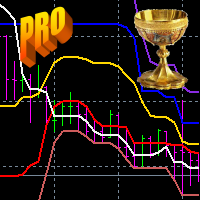
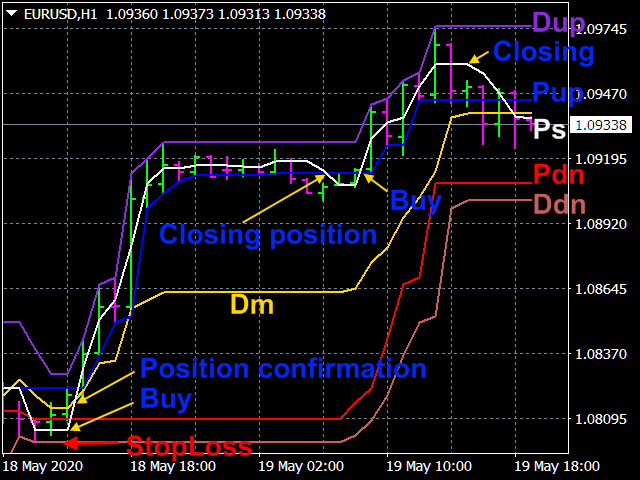

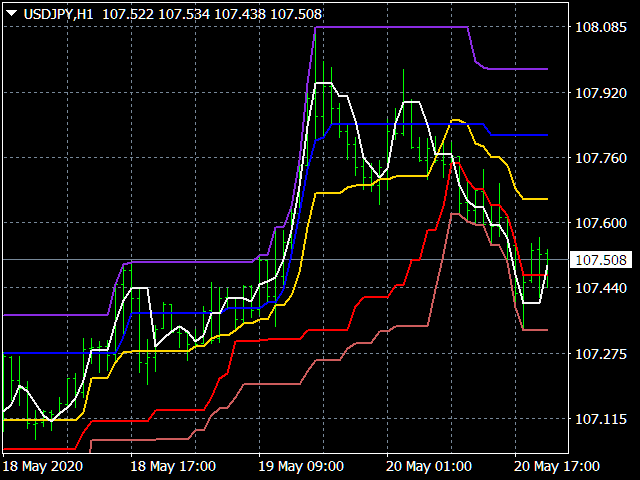
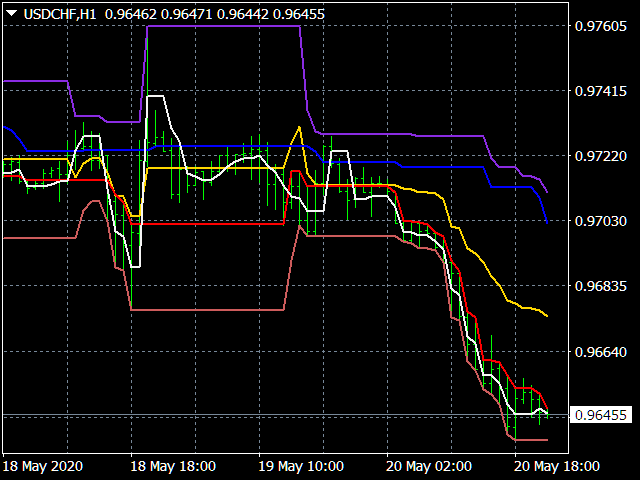
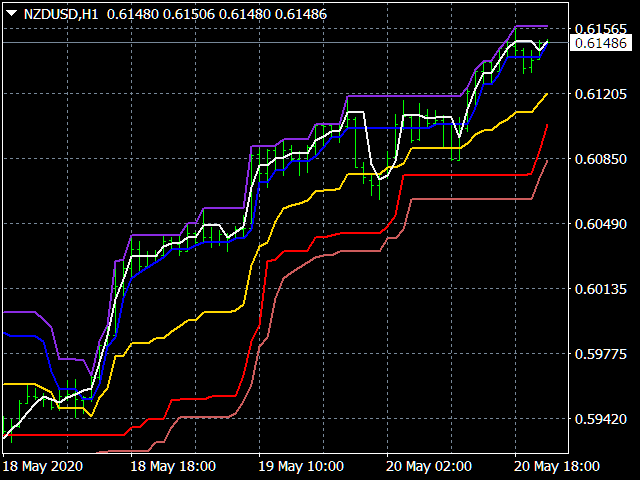

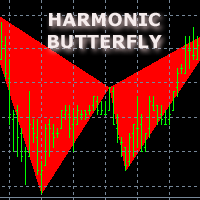



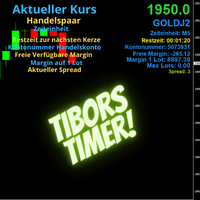

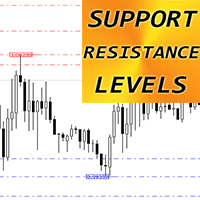
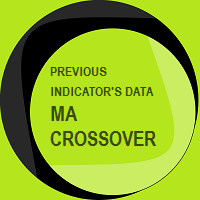

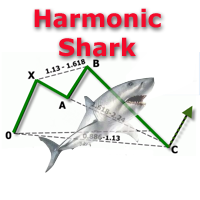
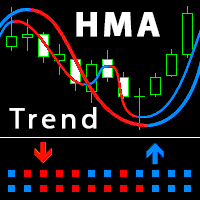
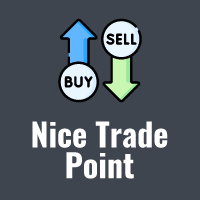

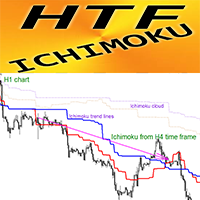
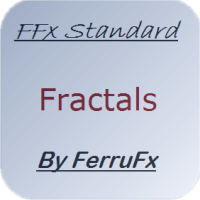
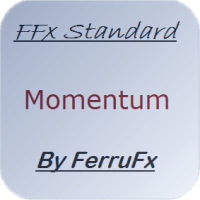
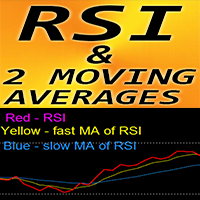




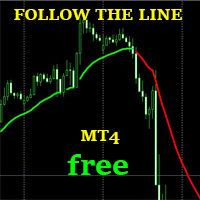

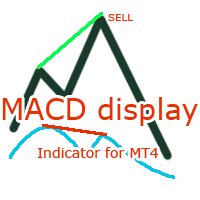
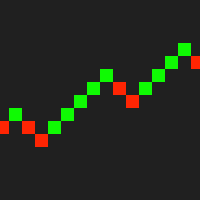


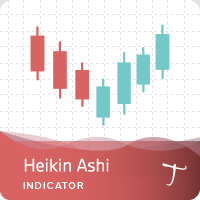
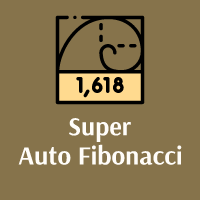
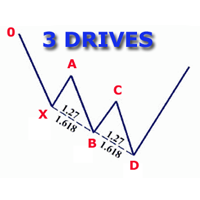











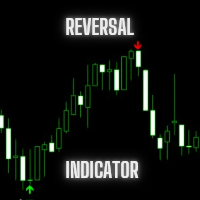









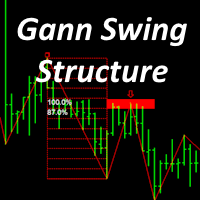
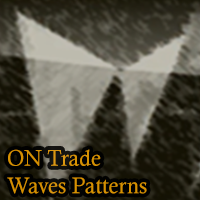


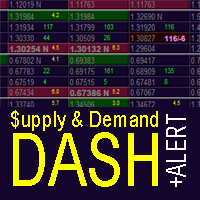
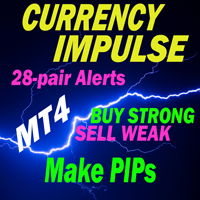
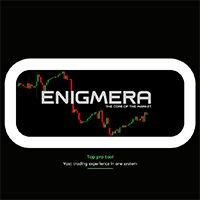


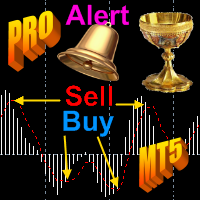
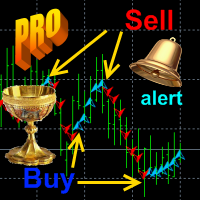
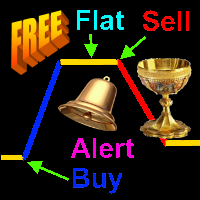

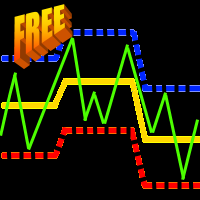




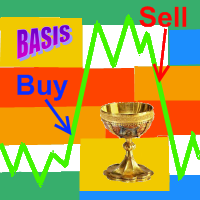
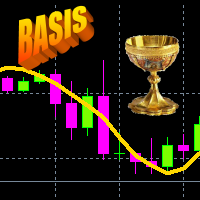
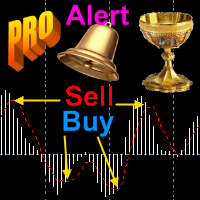
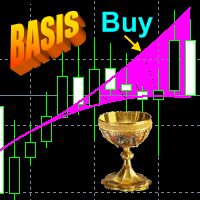
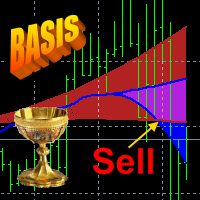

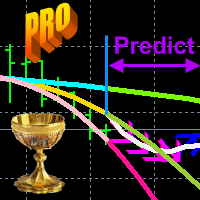
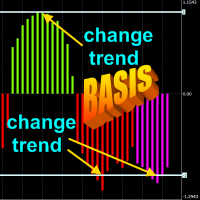

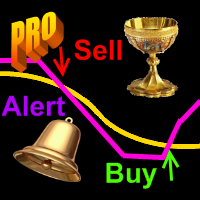


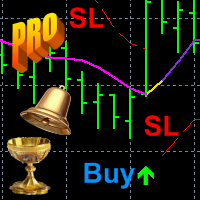
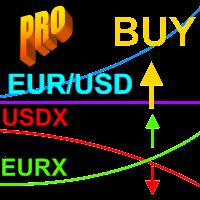
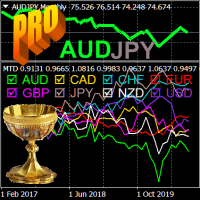

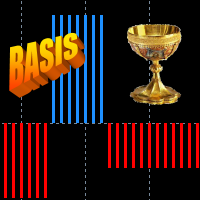




L'utilisateur n'a laissé aucun commentaire sur la note